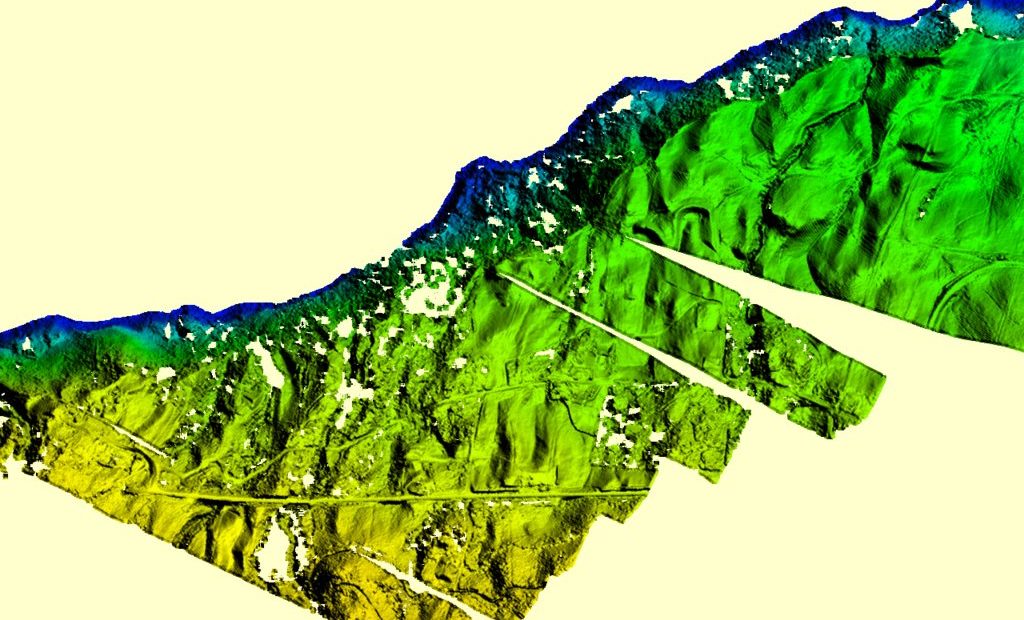
Slope Monitoring is a crucial aspect of maintaining the stability and safety of structures built on or adjacent to slopes, like roads, buildings, and dams. Slopes can be prone to landslides, rockfalls, and other types of instability, which can pose a significant risk to people and property.
Process
Slope Monitoring Services involve the use of various techniques and technologies to assess the stability of slopes and detect any potential movement or instability. These technologies can provide real-time data on the movement of the slope, the level of water pressure, and other critical parameters that can affect slope stability. Key components of Slope Monitoring services:
- Inspection
- Data collection
- Data analysis
- Reporting
- Mitigation measures
Regular inspections of the slope to identify any signs of instability, such as cracks, soil erosion, or movement.
Using various Slope Monitoring techniques, like GPS, inclinometers, tiltmeters, and piezometers, to collect data on the slope’s movement, water pressure, and other critical parameters.
Analyzing the collected data to identify any potential risks of instability and evaluate the effectiveness of any mitigation measures.
To provide regular reports on the Slope Stability Analysis, any risks identified, and any recommended mitigation measures.
Implementing appropriate mitigation measures based on the findings of the inspection and data analysis, which may include slope stabilization measures, drainage improvements, or slope reinforcement.
In addition to providing real-time data, Slope Monitoring Services also play a vital role in the early detection of potential slope failures. By identifying signs of instability early on, engineers and project managers can take necessary steps to mitigate the risk of landslides or other types of slope failure.
Application
Slope monitoring services have a wide range of applications in various industries and projects. Some examples:
- Transportation Infrastructure
- Mining and Quarrying
- Construction
- Dam Safety
- Environmental Monitoring
Slope monitoring services are commonly used in transportation infrastructure projects, like roads, highways, and railways, for adjacent Slope Stability Analysis of the infrastructure. Slope monitoring helps identify potential slope failures that could impact transportation infrastructure and cause significant disruptions.
In the mining and quarrying industries, Slope Monitoring Services are used to assess the stability of mining slopes and prevent accidents. The services help identify potential slope failures, which could result in loss of life, damage to equipment, and significant financial losses.
Slope monitoring services are also used in construction projects for adjacent Slope Stability Analysis of construction sites. The services help identify potential slope failures that could impact construction activity and cause delays.
Slope monitoring services are essential for the Slope Stability Analysis of dams and other water-retaining structures. The services help identify potential slope failures, which could cause dam breaches and significant flooding.
Slope Monitoring services are also used for environmental monitoring, such as monitoring the stability of slopes in areas prone to natural disasters such as landslides, mudflows, or rockfalls. The services help identify potential slope failures, which could cause damage to the environment, wildlife, and human lives.
Overall, Slope Monitoring Services are essential for ensuring the safety and stability of structures built on or near slopes. By regularly monitoring slope conditions and detecting potential instability, engineers and project managers can take proactive steps to prevent accidents and protect people and property.